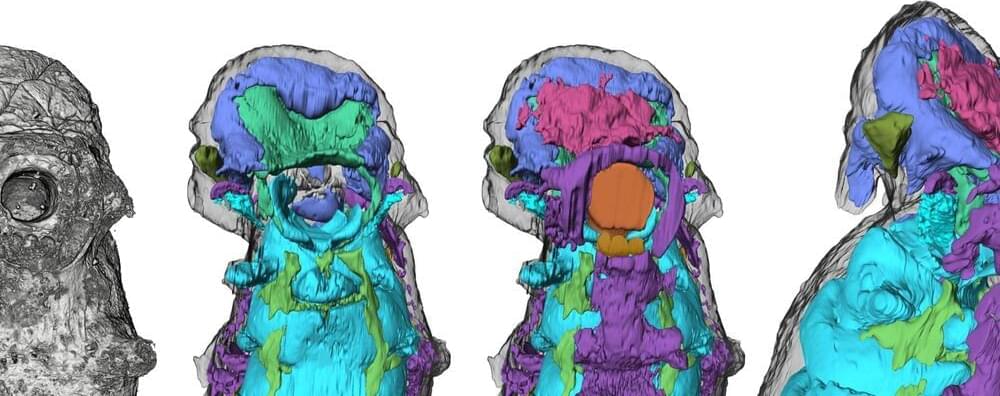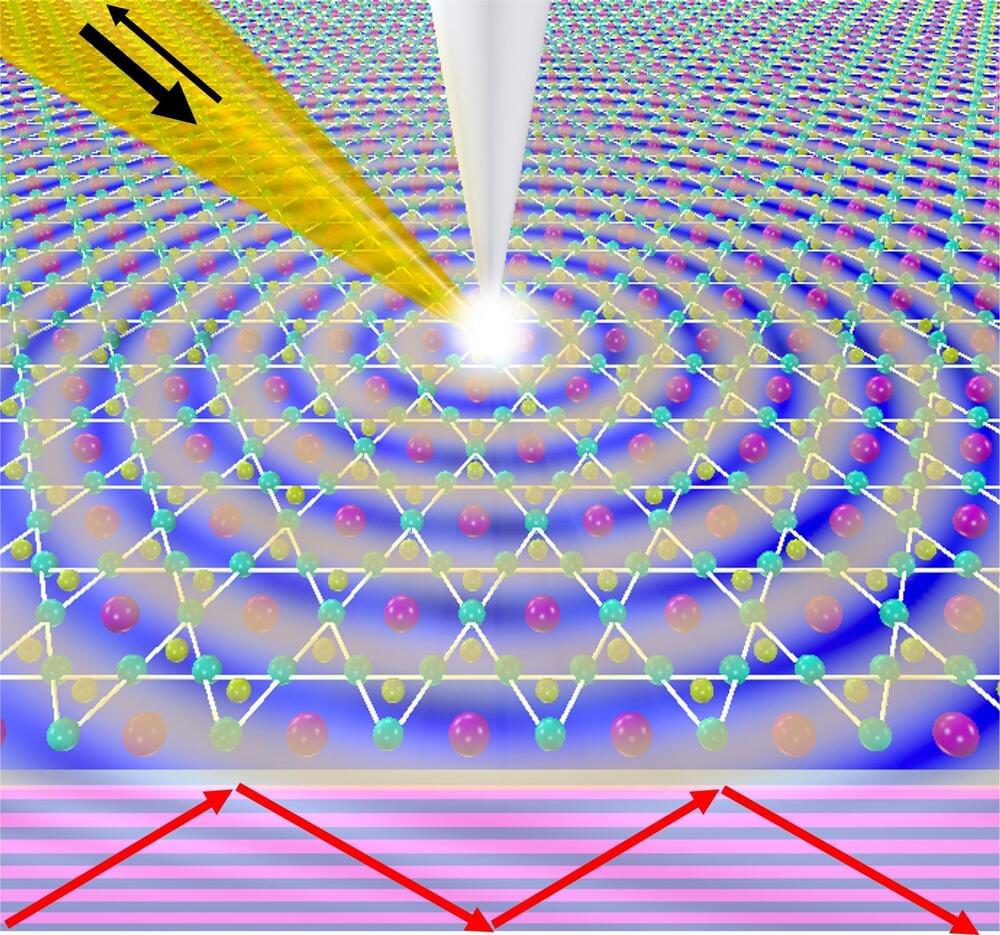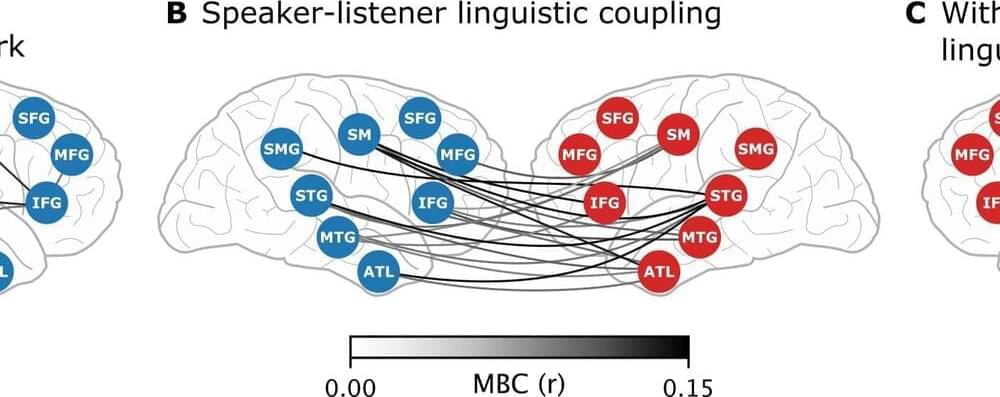Artistic representation of hyper-Raman optical activity: twisted light (red helices) incident on molecules arranged on a helical scaffold (white dots) produce hyper-Raman scattering spectra (multicoloured light patches) that express ‘chirality’ (patches in spiral patterns and broken mirror). Credit: Ventsislav Valev and Kylian ValevAn international team of scientists, led by physicists from the University of Bath, has demonstrated a new optical phenomenon that could significantly impact various fields, including pharmaceutical science, security, forensics, environmental science, art conservation, and medicine.
Molecules rotate and vibrate in very specific ways. When light shines on them it bounces and scatters. For every million light particles (photons), a single one changes colour. This change is the Raman effect. Collecting many of these color-changing photons paints a picture of the energy states of molecules and identifies them.
Yet some molecular features (energy states) are invisible to the Raman effect. To reveal them and paint a more complete picture, ‘hyper-Raman’ is needed.









